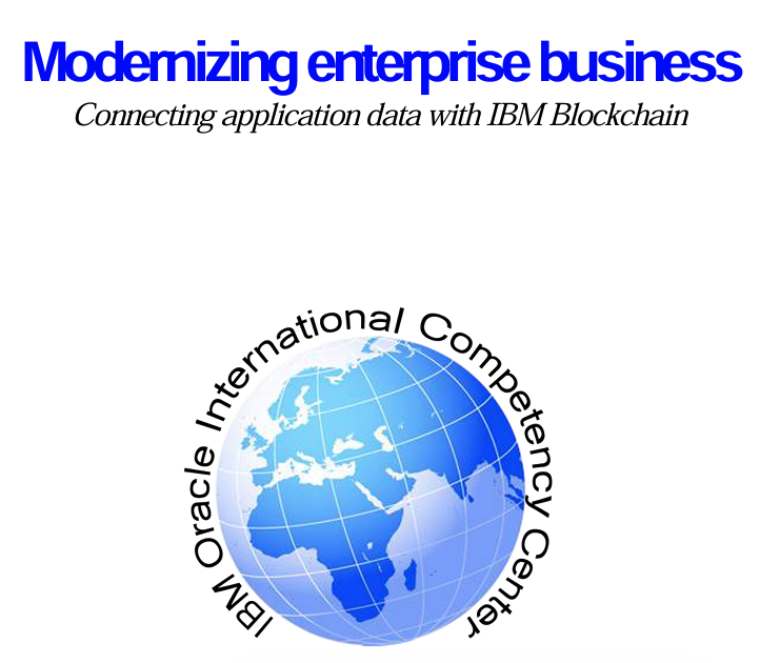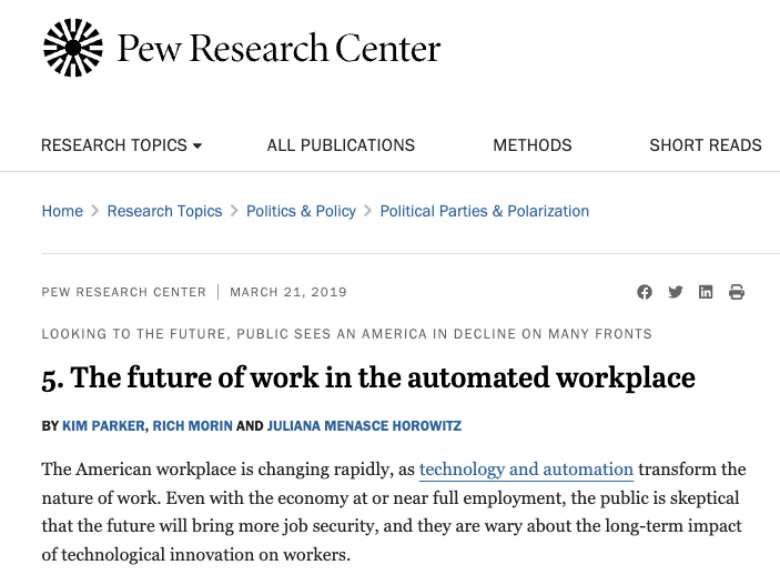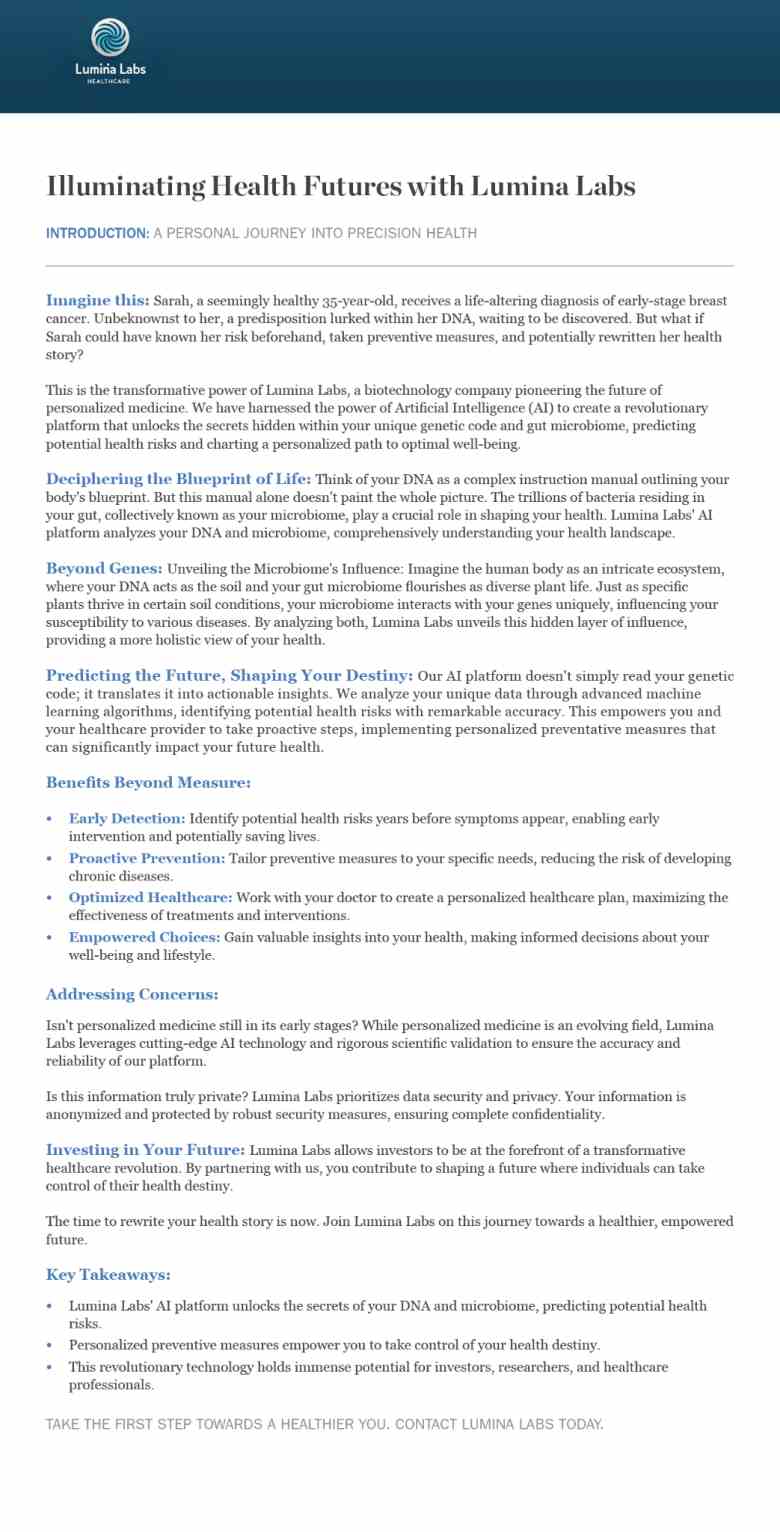How to Plan and Write White Papers with AI (Prompts and Templates)
We know white papers. We’ve worked with 500+ clients to generate great-looking white papers on every topic you can imagine. The good news is, drafting white papers is now easier than ever.
How to Use our White Paper Generator
Using our White Paper Generator, you can draft a great white paper outline in just a few minutes. Remember: the more information you provide, the better your white paper will get.
More AI Prompts for Planning and Writing White Papers
Once your white paper is drafted, these AI prompts can help you further refine and improve your work. Feel free to copy and paste them into our white paper generator above.
- To improve tone and style: Rewrite this to maintain a professional tone while infusing a touch of approachable language.
- To clarify complex concepts: Simplify the explanation of this intricate concept without sacrificing its accuracy.
- To enhance engagement: Introduce an anecdote or real-world example that would capture readers’ attention in the introduction.
- To help readers visualize data: Describe the data chart in a way that paints a clear mental image for the reader.
- To craft a captivating headline: Generate a captivating headline that succinctly conveys the white paper’s value proposition.
- To expand on benefits: Elaborate on the benefits a reader can gain from implementing the insights shared in this section.
- To pre-empt counter arguments: Anticipate potential objections to the presented solution and provide a compelling counterargument.
- To effectively use analogies and metaphors: Introduce an analogy or metaphor to help readers better grasp the underlying concept.
- To inject urgency: Incorporate a sense of urgency into the conclusion to encourage readers to take action.
- To summarize with impact: Provide a concise and impactful summary that reinforces the key takeaways of the white paper.
Best Practices for Planning and Writing White Papers
Here’s a breakdown of the white paper’s best practices with detailed explanations and real-world examples:
- Define Clear Objectives: Instead of “raising awareness,” define specific, measurable objectives. Aim for Quantifiable goals, lead generation, or thought leadership.
Examples: McKinsey & Company’s white paper “The State of Artificial Intelligence in 2023” aims to educate a broad audience about AI advancements and establish McKinsey as a thought leader. - Know Your Audience: Go beyond demographics. Understand their pain points, needs, and language preferences.
Example: This white paper by Teladoc Health on the impact of Telemedicine on patient outcomes is targeted at healthcare professionals. It analyzes the effect of telehealth on patient outcomes using research and data, focusing on evidence-based insights relevant to healthcare professionals. It establishes Teladoc’s expertise and provides valuable information for decision-making. - Conduct Thorough Research: Don’t just rely on internal data. For valuable insights, use industry reports, academic research, and customer surveys.
Example: This white paper by the Intergovernmental Panel on Climate Change (IPCC) relies on extensive research and data analysis, including statistics, expert interviews, and case studies, to support their claims on the Impact of climate change. - Logically Organize Your Information: Guide readers through your content. Aim for clear sections, flowing transitions, and concise vital points and findings summaries.
Example: A well-organized white paper isn’t just aesthetically pleasing. It’s necessary for effective communication. Imagine guiding your reader through a complex maze, each turn revealing new information logically connected to the last. That’s the power of a logical structure. It fosters clarity, establishes credibility by guiding the reader step-by-step, and keeps them engaged by avoiding confusion. - Use Visual Tools: Make complex data digestible. Use relevant visuals, high-quality graphics, and concise annotations that explain data clearly.
Example: These white paper examples incorporate clear and informative images, charts, and graphs to present complex data, making it visually engaging and easier to understand. - Include a Call to Action: Don’t leave readers lost. Encourage them to download additional resources, contact your sales team, subscribe to newsletters, or try a free demo.
Examples: Your white paper should conclude with a solid call to action, inviting readers to download additional resources or contact your sales team for a consultation. This should prompt them to take the next step. See here for tips on making a compelling call to action in a white paper.

Examples of Great White Papers
Here are three impactful white papers, each demonstrating different strengths:
“The State of AI 2023” by McKinsey & Company

Strengths:
- Thought Leadership: This white paper establishes McKinsey as a thought leader in the AI space by providing comprehensive data and insights. They analyze AI adoption across industries, its impact on jobs, and future trends.
- Visual Appeal: The report uses interactive charts, graphs, and data visualizations to engage readers and highlight key findings.
- Actionable Insights: While presenting a global perspective, the report delves into regional nuances and offers practical recommendations for businesses navigating the AI landscape.
“Modernizing Enterprise Business” by IBM

Strengths:
- Clarity & Education: This white paper effectively tackles the complexity of blockchain technology by explaining it clearly and concisely. It uses relatable analogies and avoids overly technical jargon, making it accessible to a broader audience.
- Focus on Value: The paper goes beyond explaining the technology, highlighting its potential to transform various industries and solve real-world problems. This showcases the value proposition of blockchain compellingly.
- Customer-Centric Approach: The paper uses relevant case studies and customer testimonials to illustrate the practical applications of blockchain technology, making it resonate better with potential users.
“The Future of Work” by Pew Research Center

Strengths:
- Data-Driven Approach: This white paper leverages comprehensive survey data and expert analysis to paint a nuanced picture of the future of work. It avoids scaremongering and presents different perspectives on automation’s impact.
- Balanced Reporting: The paper acknowledges the challenges and opportunities associated with automation, offering a balanced and objective viewpoint. This fosters trust and credibility with readers.
- Actionable Recommendations: The paper concludes with actionable recommendations for policymakers, businesses, and individuals to prepare for the changing work landscape. This adds practical value and motivates readers to engage further.
Example of AI-Generated White Paper
Here’s a quick example of what you can do with the Media Shower platform. We used our White Paper assistant (above) to outline and develop the parts of the white paper, then sent it to our award-winning creative team for layout and design.
 Frequently Asked Questions (FAQs) about Planning and Writing White Papers
Frequently Asked Questions (FAQs) about Planning and Writing White Papers
What's the ideal length for a white paper?
White paper lengths can vary, but aim for 6 to 10 pages to provide sufficient depth without overwhelming readers.
How do I choose a compelling topic for my white paper?
Select a topic that addresses a pressing industry challenge or emerging trend, offering valuable insights and solutions.
Can I repurpose existing content into a white paper?
Yes, you can repurpose blog posts, reports, or case studies. Just make sure you expand and enrich the content for a comprehensive white paper.
What's the best way to structure a white paper?
Organize your white paper with an introduction, problem statement, solution, evidence, and a compelling conclusion.
Should I include technical jargon in my white paper?
Use technical terms sparingly and provide explanations to ensure accessibility to the widest possible audience.
How can I ensure my white paper appeals to different buyer personas?
Tailor sections of the white paper to address specific pain points and benefits for each buyer persona.
What role do visual elements play in a white paper?
Visuals like diagrams, images, and graphs help break up text and make complex concepts easier to understand.
How do I promote my white paper effectively?
Share it on social media, your website, and through email campaigns, targeting your relevant audience.
How do I measure the success of a white paper?
Track metrics like downloads, shares, engagement, and conversion rates to gauge the impact and ROI.
How do I establish credibility in my white paper?
Incorporate well-researched data, expert quotes, and references to reputable sources to bolster the credibility of your white paper.
Creating and designing white papers is now easier than ever. Sign up for a free trial of the Media Shower platform to get started now.
More Tools for Busy Marketing Managers:


